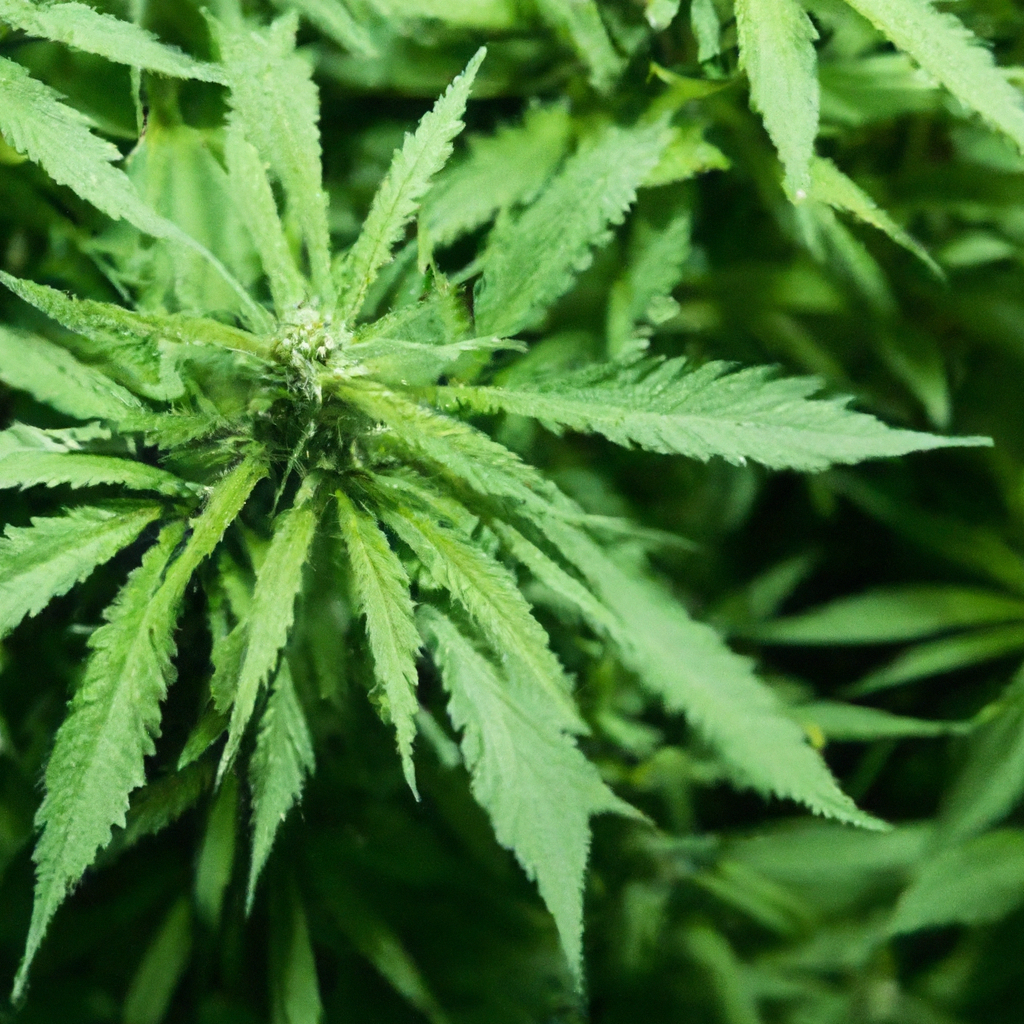In the rapidly evolving world of cannabis cultivation, growers are increasingly turning to sustainable practices to meet the demand for eco-friendly products. As a cultivator based in the heart of Colorado, I’ve spent over 30 years mastering the delicate balance between high-altitude growing challenges and environmentally-conscious methods. Today, let’s dive into the latest eco-friendly innovations that are reshaping the cannabis industry.
1. Embracing Closed-Loop Systems
Closed-loop systems are revolutionizing cannabis cultivation by minimizing waste and maximizing resource efficiency. These systems recycle water, nutrients, and even CO2 within the grow environment, creating a sustainable cycle that conserves resources and reduces costs.
- Water Recycling: Reusing water in a closed-loop system can cut water waste by over 50%, essential for arid regions like Colorado.
- Nutrient Recovery: Unused nutrients are captured and reintroduced into the system, ensuring no waste while maintaining plant health.
- CO2 Enrichment: Utilizing CO2 emissions from plant respiration to boost growth is a natural way to increase yields sustainably.
2. Harnessing Renewable Energy
Adopting renewable energy sources, such as solar and wind, is becoming a popular choice among forward-thinking cannabis cultivators keen on reducing their carbon footprint. Not only do these energy sources lower costs, but they also contribute to a cleaner environment.
- Solar Power: Installing solar panels can cover up to 40% of a grow operation’s energy needs, providing a sustainable power source and significant savings on electricity bills.
- Wind Energy: Although more site-dependent, wind turbines can complement solar power, especially in high-altitude locations.
3. Aquaponics: A Sustainable Growing Method
Aquaponics, a combination of aquaculture and hydroponics, is an innovative method that allows for a symbiotic relationship between fish and plants. This system is gaining traction as a sustainable alternative to traditional hydroponic systems.
- Natural Fertilization: Fish waste provides organic nutrients, eliminating the need for chemical fertilizers.
- Water Conservation: Aquaponics uses 90% less water compared to soil-based cultivation, making it ideal for water-scarce areas.
- Higher Yields: The constant supply of natural nutrients often results in faster growth rates and greater yields.
4. Biodegradable Growing Media
Shifting away from traditional growing media like rock wool, biodegradable options such as coconut coir and peat moss are proving to be effective alternatives. These media are not only sustainable but also contribute to healthier root systems.
- Coconut Coir: A byproduct of coconut processing, it’s renewable, and promotes excellent aeration and water retention.
- Peat Moss: A natural product known for its ability to retain moisture, making it a great choice for organic growers focused on sustainability.
Conclusion
As we look to the future, integrating these eco-friendly innovations can significantly enhance the sustainability and efficiency of cannabis cultivation. By embracing closed-loop systems, renewable energy, aquaponics, and biodegradable growing media, cultivators can reduce their environmental impact while continuing to produce high-quality cannabis. In doing so, we not only contribute to a healthier planet but also pave the way for a responsible and prosperous cannabis industry.
Remember, “Healthy roots, healthy buds, happy harvests.” Let’s grow green together!


Leave a Reply